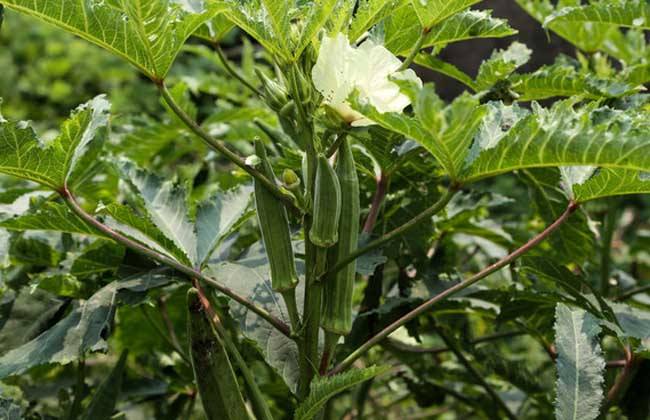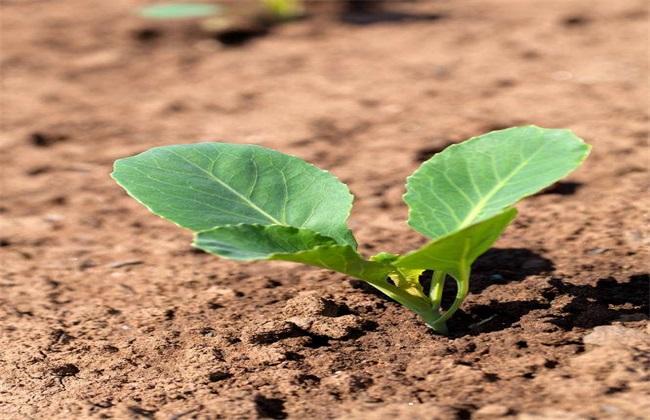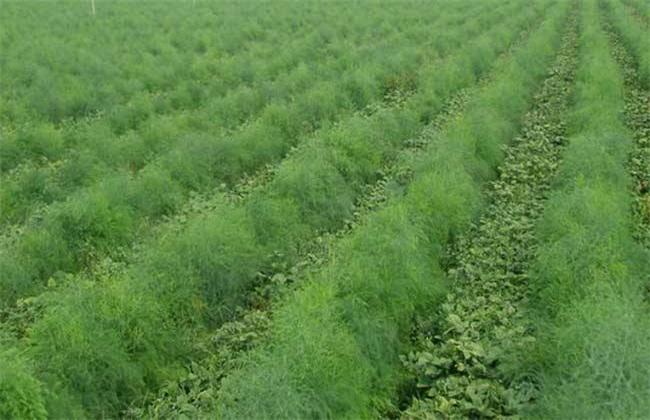Field management methods of okra
Okra is a kind of vegetable with high nutritional value, which has a large market in China and is favored by many people. Therefore, the demand for the yield of okra is getting higher and higher every year. Therefore, when planting okra, we should mainly increase the yield, if we want to increase the yield, field management is very important. So the editor brings you the field management method of okra today, let's take a look at it!

1. Ploughing and weeding
After successful nailing of okra seedlings, because the temperature is relatively low, it is necessary to do a good job of intertillage to improve the heat preservation capacity of the soil and promote the seedlings to slow down as soon as possible. Especially before entering the initial flowering stage of okra, we must pay attention to mid-ploughing and weeding, so that we can squat seedlings properly and promote the growth of seedling roots. After entering the flower and fruit stage, because the growth rate of okra is accelerated, so we have to properly water and fertilize after ploughing. Finally, the plant was ploughed again before the ridge was closed, and bamboo poles and other supports were inserted near the plant to improve the lodging resistance of okra plants.
2. Rational watering
Okra has a great demand for humidity and water in the process of growth. Spray water properly about three weeks after sowing, and when the seedlings grow up a little, furrow irrigation is the main method. In summer, not only the temperature is high, but also the harvest time of okra, so we should water about twice a day, not at noon to prevent high temperature and humidity from burning seedlings. And also to control the amount of water, do not over-watering, to prevent the root death of seedlings. Therefore, when we plant okra, if we encounter the rainy season, we have to accumulate water and drain water. Keep it moist throughout the growth period of okra.
3. Scientific fertilization
Okra's demand for nutrition is also relatively large, we in addition to a good application of base fertilizer before planting. We should also do a good job of topdressing, pay attention to control the proportion of fertilizer, not excessive application of nitrogen fertilizer, to prevent the growth of okra. The first topdressing work was carried out after seedling emergence, mainly urea, topdressing 100kg per mu or so. Then the second topdressing was carried out after planting, and the compound fertilizer was applied in the ditch. Finally, farm manure and compound fertilizer were re-applied at flowering and fruiting stage. Then in the later stage of okra growth, appropriate topdressing was applied according to plant growth and soil conditions to avoid okra premature senescence caused by insufficient nutrition.
4. Plant adjustment
The growth ability of okra is very strong, under normal planting, the branches and leaves of the plant are thick and fat, which will have a certain impact on flowering and fruiting. Therefore, we also need to do a good job of plant adjustment, mainly twisting branches, twisting and sagging the petiole of the plant to prevent excessive vegetative growth. Then in the middle and later stage, the old leaves should be removed in time to improve the permeability of the field, prevent excessive nutrient consumption and enhance the disease resistance of the plant. The heart can be picked properly during harvest to improve the amount of fruit. And if the fruit is harvested, it can also promote ripening, improve plumpness and enhance quality.
The above is a brief introduction of okra field management methods. Okra field management is very important, which is closely related to the quality and output of okra, so we must pay more attention to it. That's all for today's introduction. This article is for reference only. Thank you for your reading and support.
Related
- Where is it suitable to grow horseradish in China? it is expected to see the middle altitude horseradish in Alishan.
- How to prevent tomato virus disease reasonably? (Control methods included)
- Many people like to plant towel gourd on the balcony. What are the main points of this method and management?
- What crops can chili peppers be mixed with?
- Fertilization techniques and matters needing attention in Tomato
- What are the grafting techniques for peach seedlings in spring?
- Harm and control methods of root swelling disease of Chinese cabbage
- What are the pests of sweet potatoes? How to prevent and cure it?
- Symptoms, causes and Control methods of navel Rot in Tomato
- The cause of "Cucumber rotten bibcock" in Farmers' planting Cucumber and its Control Plan



